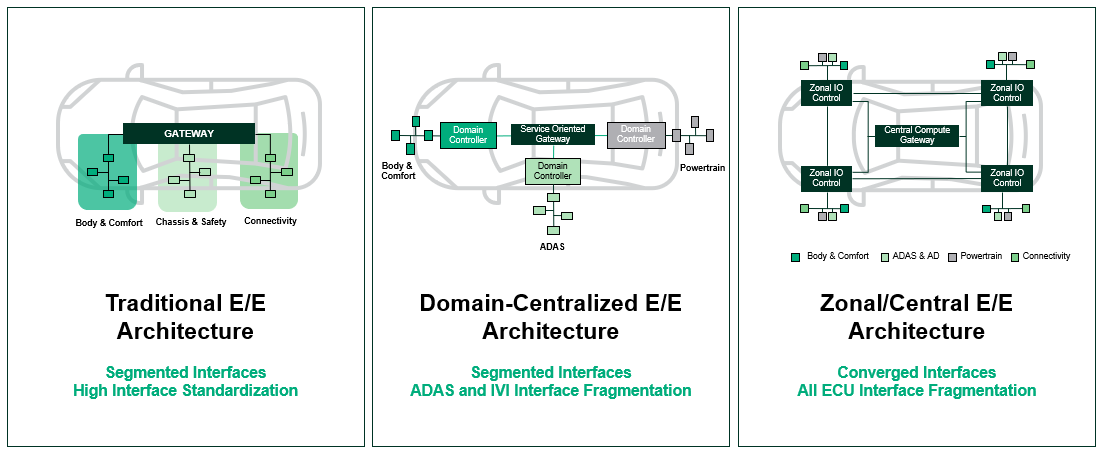Trends and Observations
The document discusses challenges in automotive product development, focusing on safety, innovation costs, consumer demands, mobility services, and liability risks.
Modern Automotive Product Development
The modern automotive product development process brings challenges that require a shift in framework to successfully navigate.
| Challenge | Facts & Trends |
|---|---|
| How do we ensure quality and meet high safety standards? | - Industry standards supporting autonomous electric vehicle manufacturing are changing fast. - Increased technical complexity and interoperability increases risk for comprehensive system failures. - NHTSA continues to advance battery safety by tracking possible fire-producing defects. |
| How do we innovate in the expensive EV space? | - Development of EV technology raises innovation costs due to expensive electronic systems. - Semiconductors are the fastest-growing component in modern vehicles. - Projected global stock of electric cars to reach 125 million by 2030, with average EV containing over $1,000 in semiconductor parts. |
| How do we create the smart car consumers want? | - Consumer expectations drive demand for connected services in vehicles. - By 2030, 45% of new vehicles will feature preference-based personalization technology, valued at $450 billion to $750 billion. - 83% of consumers are concerned about vehicle compromise due to increased connectivity. |
| How do we keep up with growing mobility services? | - Autonomous vehicle technologies will exponentially grow mobility services over the next decade. - Revenues from mobility services projected to reach $1.2 trillion, with profits of $220 billion. - 48% of respondents would consider giving up car ownership for autonomous mobility solutions. |
| How do we get the benefits of AV transportation and minimize the risk of liability? | - As AVs become prevalent, liability shifts from drivers to producers. - Over 29 states have enacted AV legislation, with 11 governors issuing executive orders. - By 2040, AVs are projected to account for 66% of total passenger travel. |
As more and more sophisticated features are built into the car, the traditional architecture has become very costly and inefficient. Individual ECUs have very low computing power such that every ECU is designed to control only one part of the hardware. Remote key fob for example: the ECU that manages the door lock system receives the signal, then instructs the door on what to do. Drivers today expect their smart keys to not only control the door lock system, but also allow them to remotely switch on the car, adjust the climate, and even give the car instructions for self-parking. This means that the smart key features alone require up to a dozen of ECUs each in charge of a single function.
This has led to a major change in the electrical and electronic (E/E) architecture of the car. Instead of having an entirely distributed model, with every ECU serving a particular function, the industry is moving towards a centralized E/E architecture. OEMs are starting to group all ECUs by their domains of service in a process called domain consolidation. But what does this mean in terms of testing this new architecture?
